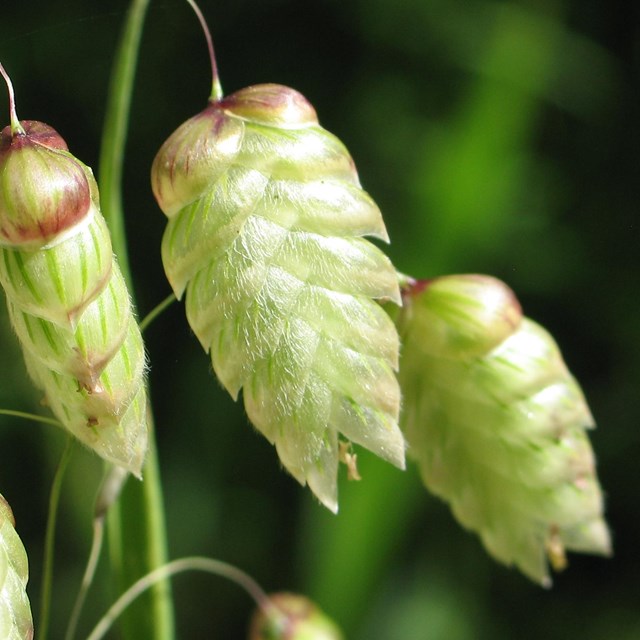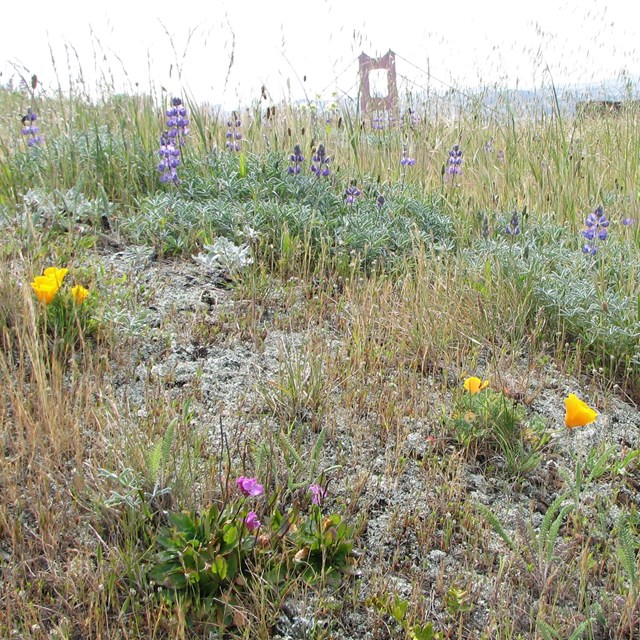Without plants there would be very little other life. Through photosynthesis plants convert energy from the sun into carbohydrates or fuel, creating oxygen as a byproduct. The leaves, stems, and limbs of plants also provide food, shelter, and shade. Their roots hold soil in place, and their decay returns vital nutrients to the earth where they are available to decomposers and other plants.
San Francisco Bay Area parks are within the California Floristic Province—one of only five regions in the world with a Mediterranean climate and where biological diversity is exceptionally high. The broad spectrum of aquatic and terrestrial environments in these parks is home to a breath-taking diversity of plants including numerous rare, threatened, and endangered species. These plants do not exist in isolation, but rather as part of plant communities such as forests, grasslands, chaparral, coastal scrub, marshes, and coastal dunes. The kind of plant community in a given area depends on soil type, geology, fire, water availability, grazing, human use and development, and invasion by non-native plants. Vegetation management in the parks largely focuses on monitoring and mapping these plant communities with a special focus on rare plants and controlling invasive species.
-
 Invasive Plants
Invasive PlantsInvasive plants display qualities like fast growth, high seed production, and rapid maturation that allow them to displace native species.
-
 Plant Communities
Plant CommunitiesPlants do not exist in isolation, but rather as part of plant communities such as forests, grasslands, chaparral, coastal scrub, etc.
Last updated: May 29, 2018
